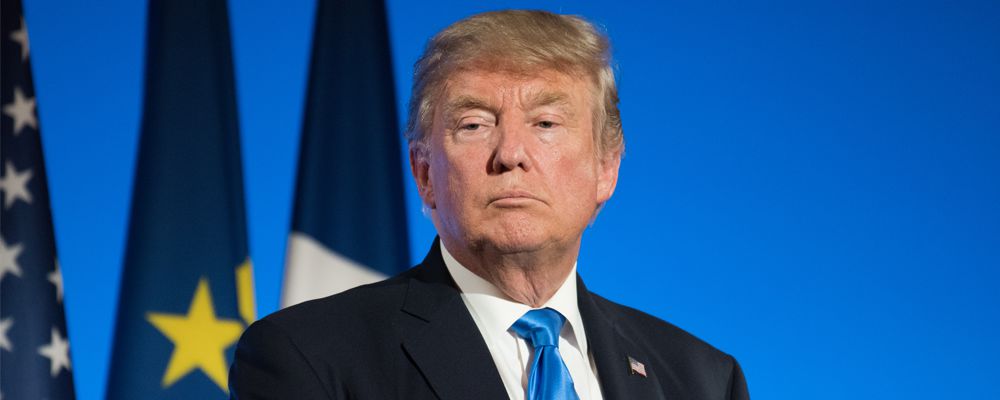What is happening to the Trump bump?
- Tuesday, June 20, 2017

It has been a very successful eight months in US equity markets with the election of Donald Trump giving markets fresh impetus.
The main stock market index in the USA, the S&P 500, stood at 2100 in early November and on 1st June stood at 2411, a rise of 14.8%. The performance of sectors, such as financials and industrials, was quite pronounced as investors moved to a pro-growth agenda. However, since Easter there has been a mood of scepticism. The
enormity of Trump’s tasks following his campaign promises is starting to dawn on investors.
Analysts feel confident that many aspects of President Trump’s policies will be enacted into law, but the aggressive policy targets such as a 15% rate of corporation tax, 4% economic growth, border taxes, the Affordable Care Act repeal and the US and Mexico wall are unlikely to be achieved in full. It is felt that there will be broad reform that will benefit the economy, but it will take longer to approve.
The ambitious tax reform policy statement aimed at reducing US corporation tax from 39.6% to 15% and the simplification of personal tax bands from seven to three relied upon the hope and expectation of higher tax revenue through economic growth. America already has US$19.9tr of national debt so there is little chance of getting this plan in its current form past the deficit hawks in Congress.
The question now is how much of Trump’s reform has been priced into stock values? Some sectors have prices well above where they have historically traded and seem unsustainable. Other sectors still offer good value with the potential for reduced regulation which is less troublesome to bring in and a welcome benefit of the Trump administration.
With recent oil price stability, shale oil companies in the US are attempting to take advantage and have started to drill more aggressively. Despite the OPEC
– Russia production deal, an increase in shale oil may be necessary to meet growing demand as world output is pegged to maintain price stability.
The US Federal Reserve kept interest rates on hold at 1.00% at its May meeting, stating that the recent softening in economic data was temporary and unlikely to prevent further increases in the interest rate. This decision came after the Q1 economic data for the US proved disappointing. However, employment levels reached the highest since 2007 with only 4.4% of those in working age unemployed. The US economy created 76,000, 211,000 and 138,000 new jobs in March, April and May
respectively. These figures give strength to the Feds view that Q1 was a blip and that the Fed is still likely to raise interest rates again this year.

Chris Davies
Chartered Financial AdviserChris is a Chartered Independent Financial Adviser and leads the investment team.
About Estate Capital
Financial Services
Our Contacts
7 Uplands Crescent,
Swansea, South Wales,
SA2 0PA.
Tel: 01792 477763
